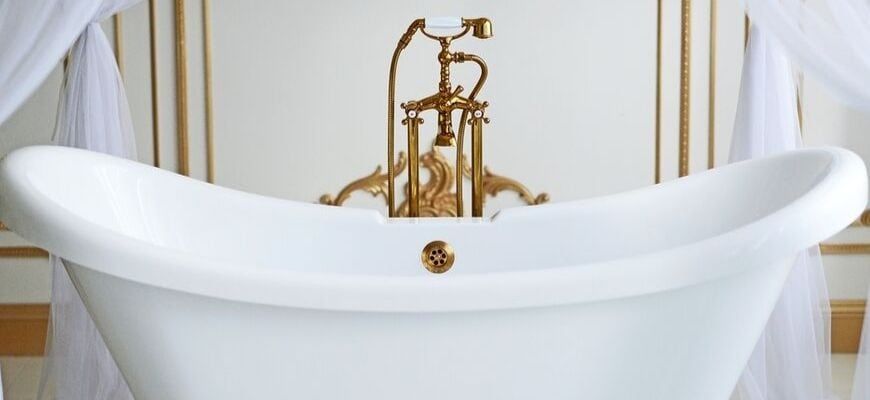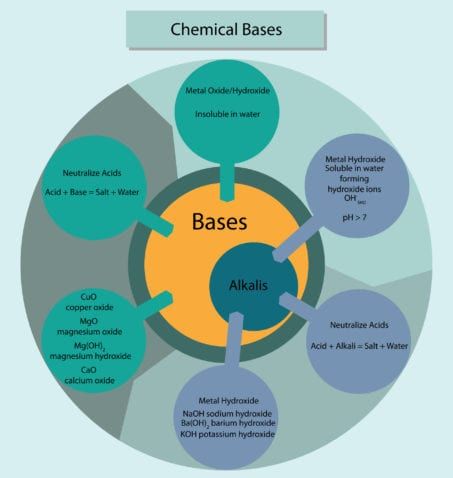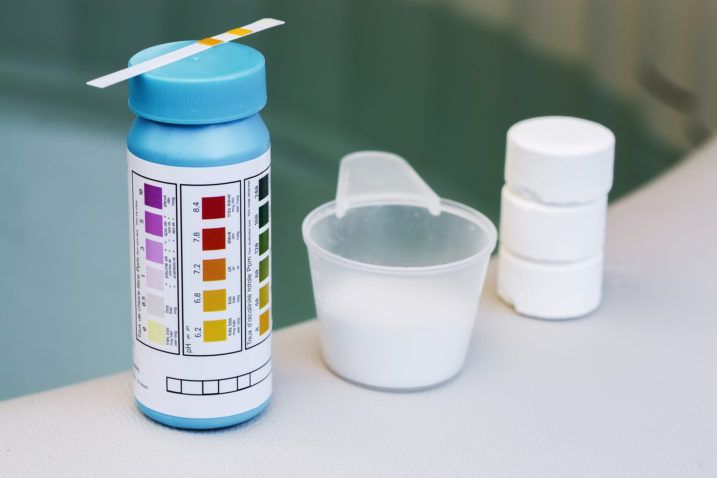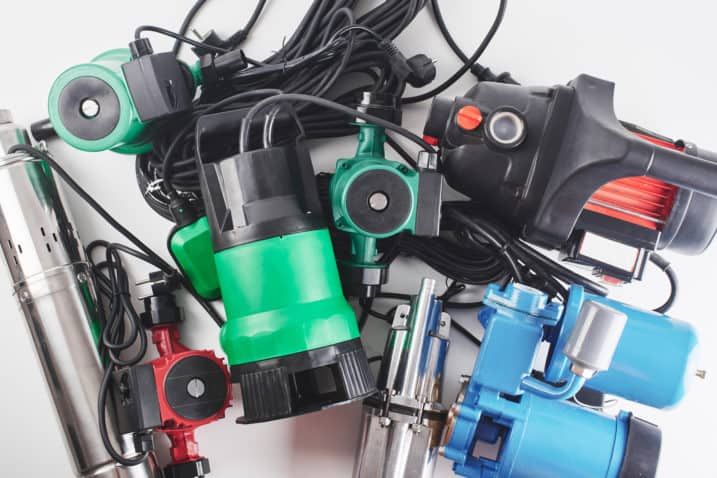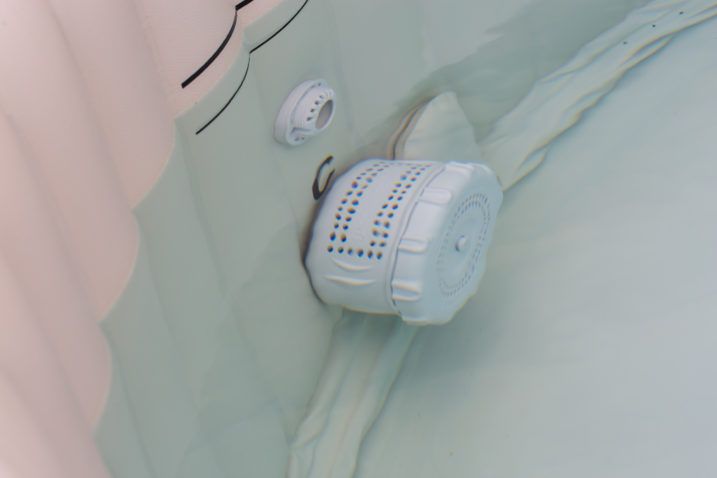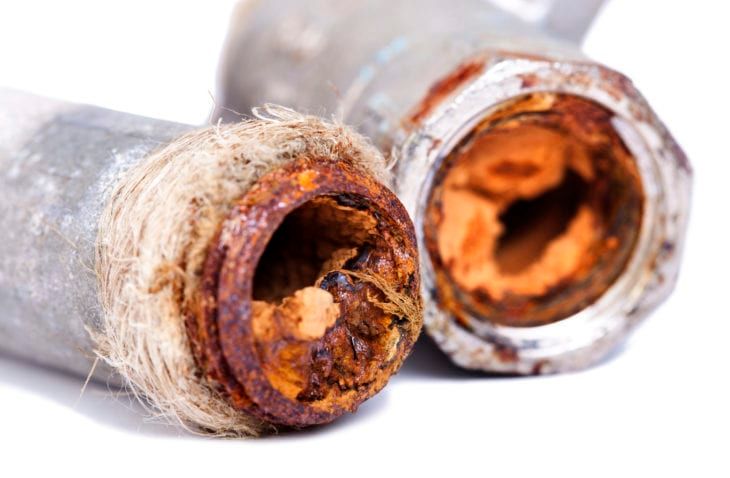When you think of a hot tub, you think about a place of relaxation. It’s a spot where you’d love to unwind not just at the end of the day, but also during the weekend. Alone or together with the family, the hot tub is a place for fun and games, good talks, and the occasional glass of white wine. However, a lot of people know about the existence of a phenomenon called “cloudy water”, but what does that mean, exactly, and how can you get rid of it?
Causes
What causes cloudy water in a hot tub? While a lot of people believe that it’s things like metal in the water that gives it a cloudy/milky/foamy appearance, there are many potential causes that could lead to this:
- The water in your hot tub may not have the right alkalinity, pH, or calcium. People that live in areas with hard tap water are more likely to end up seeing cloudiness due to high calcium levels. Normally, the calcium hardness levels should not exceed 300 ppm. Alternatively, it can also be high alkalinity that leads to cloudiness (normal levels are those below 150 ppm).
- Sometimes, it’s the tiny air bubbles that make spa water look cloudy. This can happen as your spa ozonator and jets are turned off, but their bubbles coming into the returns. These bubbles can also be caused by an air leak in the pump’s suction side. It can also be caused by low water levels.
- Bromine and chlorine are two substances that help sanitize the spa’s water. However, some people are sensitive to these substances, which means they need to find other sanitizers. These products can destroy particles that lead to cloudy water.
- Biofilm is a slimy-looking substance that normally resides in the pipes that are connected to your spa. Not only are they capable of clouding the water, but they can also make a surface appearance. Biofilm is easy to recognize, because of slimy flakes that float on the surface. Biofilm makes an entrance in tub that has stayed empty for too long.
- A lot of people don’t know that cloudy spa water can actually be a consequence of body and hair care products. Unless you take a full shower before getting into the spa, you will most likely leave detergents and oils in it. This can cause murkiness and even turn green.
What About Hot Tub Issues?
Your tub is made from a series of different parts which, when functioning incorrectly, can affect the quality of the water. Generally speaking, there are two major issues that could cause cloudiness as far as the tub itself is concerned: filter and pump problems.
Pump problems come in many different forms, but plenty of them can lead to cloudiness. For instance, you might not be leaving the pump on for a sufficient amount of time every day, which would help filter the water more every day. Two hours of running the pump on the highest mode every day can be of great help.
Hot tub impellers can also pose a problem since it’s likely for them to get clogged with anything from human hair to leaves. As this occurs, the pump impeller can easily get clogged and reduce the volume of flow. In some cases, the impeller can be broken and require replacing.
If you’ve recently drained and refilled your tub, there could be an airlock problem with the pump.
Then, there are filter problems, which are one of the most common causes of cloudy spa water. It’s usually a problem of incorrectly placing the filter, causing water to bypass. The filter should be fully sealed on both ends, in order to make that water actually flows through the filter material.
While filters can be cleaned, they will eventually require replacement. On a general note, it’s good to replace the filters every one or two years, depending on how often you use the hot tub.
It’s also common for filters to get covered in substances such as oils, which makes them less capable of actually filtering water. Since these deposits are difficult to remove with a simple hose-down, you should always have a special filter cleaning solution in your garage.
Tips for Preventing Cloudy Hot Tub Water and How to Fix It
Since there are dozens of different factors that contribute to cloudy water, one can never be too prepared to combat this issue. If you want to avoid having this problem in the future, consider the following:
- Clean and replace your filters on a regular basis, especially when you use the tub often. It’s good to drain the hot tub every now and then for this.
- Remember to have the filters and the pump running for at least two hours every day, as this allows the sanitizer to clean the tub of contaminants.
- Use products that are actually good for hot tub water. Use sanitizers to destroy particles, non-chlorine shock if chlorine is causing cloudy water, clarifiers that coagulate suspended particles, pH decreasers, chemical balancers, and the likes.
- Avoid using metal sequestrants in your water, unless you know for sure that your water source contains metals that could lead to cloudy hot tub water.
- To avoid biofilm problems, make sure to flush the hot tub lines when you’re changing the water.
Two broken plumbing pipe almost completely blocked with vibrant orange rust. Isolated on white background.
- Having the perfect hot tub water is all about testing. Test it before and after adding chemicals and water treatment. This way, you’ll find the best formula to prevent your hot tub water from becoming cloudy, green, yellow, or murky.
Conclusion
There are many different factors that can lead to cloudiness in your spa: starting with the body lotion residue you leave behind and ending with the water’s composition. Truth is, it’s no easy task to keep the water inside a hot tub in pristine shape, but it’s something you have to do if you find cloudy substances disgusting.
And remember, you’ll have to test the water often, because things like minerals, metals, pH levels and the likes, are important need-to-know information that could help you choose the right sanitizers, clarifiers, and chemical balancers.

